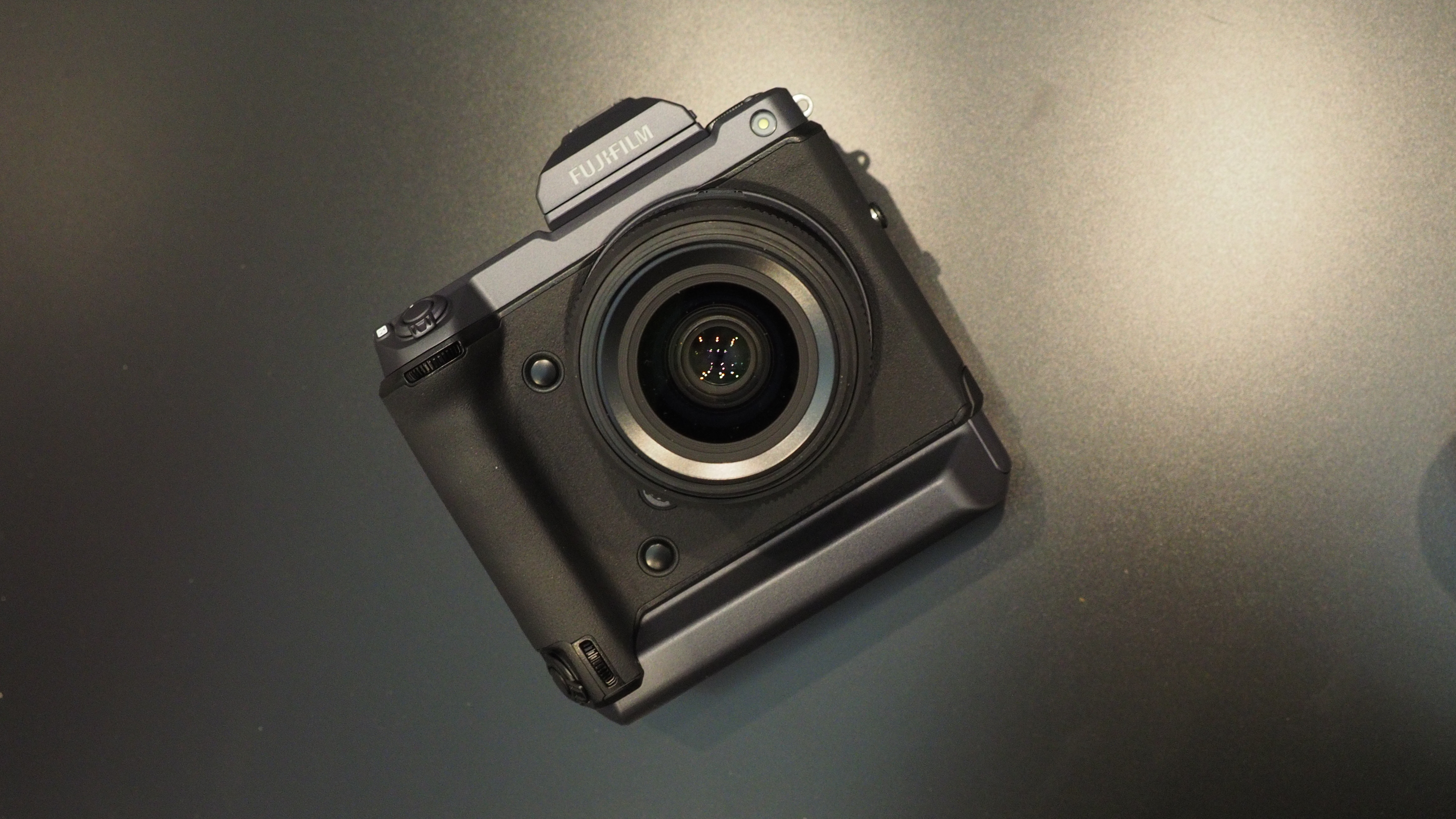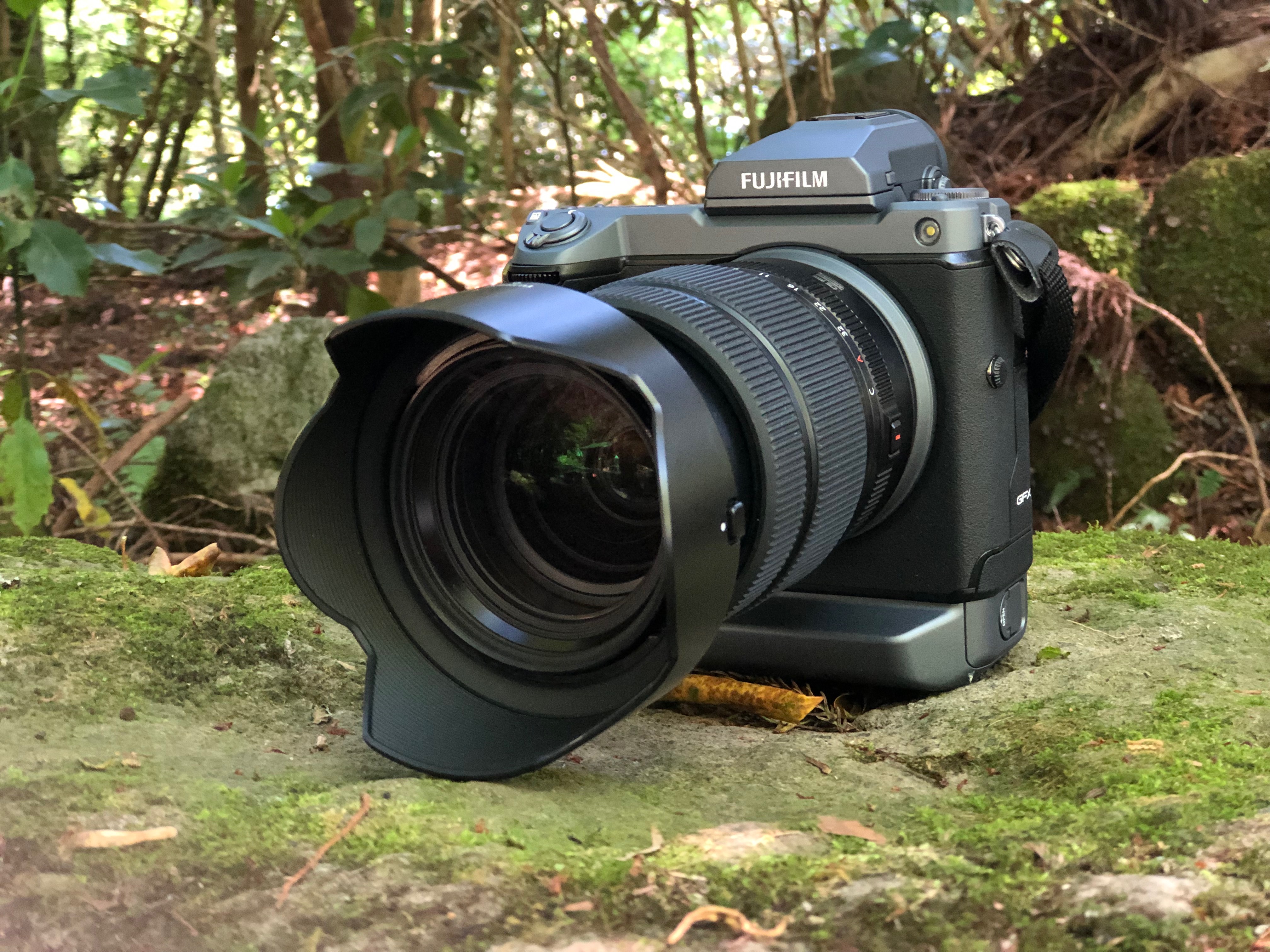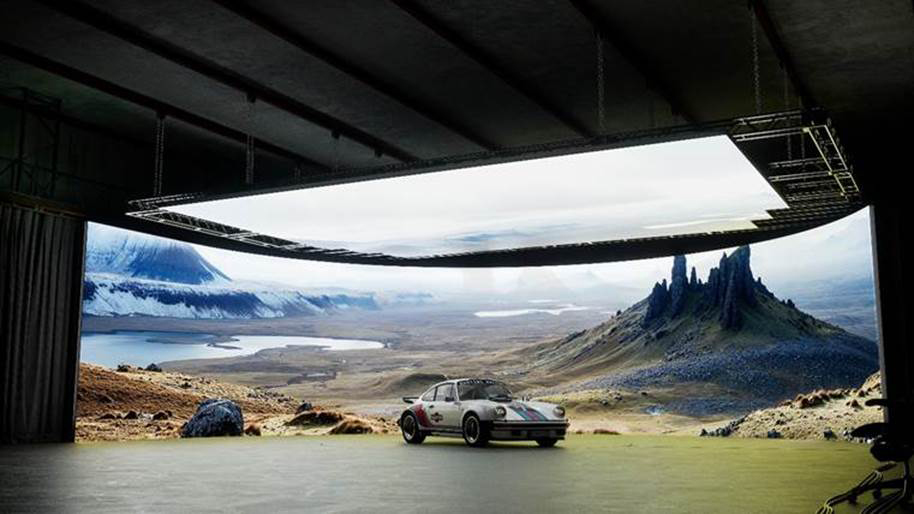Fujifilm GFX100 successor will "100% sure" have a new sensor. Will it be 150MP?
The Fujifilm GFX 100 successor will "100% sure" have a new image sensor – I want it to be 150MP, but what do you want?

Over the last few weeks we have been hearing more and more rumors about a successor to the Fujifilm GFX 100 – the trendsetter for Fujifilm's foray into the high-resolution digital medium format market.
Now we're hearing that the follow-up to the Fujifilm GFX 100 will have a brand new image sensor. But does that simply mean a better version of the same 102MP sensor, or a sensor with even more resolution – maybe even 150MP?
The original was praised by many for its sensor, form factor and even price. In our review we called it "a groundbreaking camera that changes our expectations about what medium format cameras can do."
So, it's safe to say we loved this camera at DCW – in fact, it's a camera I always wanted to get my hands on. I loved its form factor and everything it stood for, though others hated the fact it was so big and bulky (clearly never having used traditional medium format cameras!).
However, recent reports from Fuji Rumors suggest that there could be a new Fujifilm GFX100 coming to the market in the same form factor – just with a few tweaks here and there. For instance, the integrated grip seen on the GFX100 could be removable on the next generations, solving the squabbles from those wanting all the power, but not the size.
Another rumor suggests that we could see it ship with the tilting and detachable EVF that was loved by many, and removed on the Fujifilm GFX 100S. But the biggest rumor to date is that the new Fujifilm GFX100 will feature a brand new sensor, and will not use the same sensor from the Fujifilm GFX100S.
"According to our trusted sources, the Fujifilm GFX100 replacement will not use the sensor currently in use on the GFX100 and GFX100S. That’s 100% sure, super-trusted and rocksolid," reported Fuji Rumors.
Get the Digital Camera World Newsletter
The best camera deals, reviews, product advice, and unmissable photography news, direct to your inbox!
So what does this mean? Well, I am a big believer in pushing the boundaries – and having used a few medium format cameras in my time, I think it's about time we saw a 150MP sensor to rival that from the likes of the Phase One's XF 150MP.
While the Phase One sensor is actually larger than medium format, and the GFX sensors are slightly smaller, it would be great nonetheless to see a camera company once again rival those of the medium format gods – and I think a Fujifilm GFX 150 would do just that!
And you really want me to blow the floor of this house off? I think it will have a 600MP multi-shot mode, too. There, that's what I want from the Fujifilm GFX100 successor – what are you hoping for?

See how a GFX 100 successor would stack up against the best medium format cameras – but it's not all about going large! Many of the best Fujifilm cameras feature APS-C sensors, too.

For nearly two decades Sebastian's work has been published internationally. Originally specializing in Equestrianism, his visuals have been used by the leading names in the equestrian industry such as The Fédération Equestre Internationale (FEI), The Jockey Club, Horse & Hound, and many more for various advertising campaigns, books, and pre/post-event highlights.
He is a Fellow of the Royal Society of Arts, holds a Foundation Degree in Equitation Science, and holds a Master of Arts in Publishing. He is a member of Nikon NPS and has been a Nikon user since his film days using a Nikon F5. He saw the digital transition with Nikon's D series cameras and is still, to this day, the youngest member to be elected into BEWA, the British Equestrian Writers' Association.
He is familiar with and shows great interest in 35mm, medium, and large-format photography, using products by Leica, Phase One, Hasselblad, Alpa, and Sinar. Sebastian has also used many cinema cameras from Sony, RED, ARRI, and everything in between. He now spends his spare time using his trusted Leica M-E or Leica M2, shooting Street/Documentary photography as he sees it, usually in Black and White.
